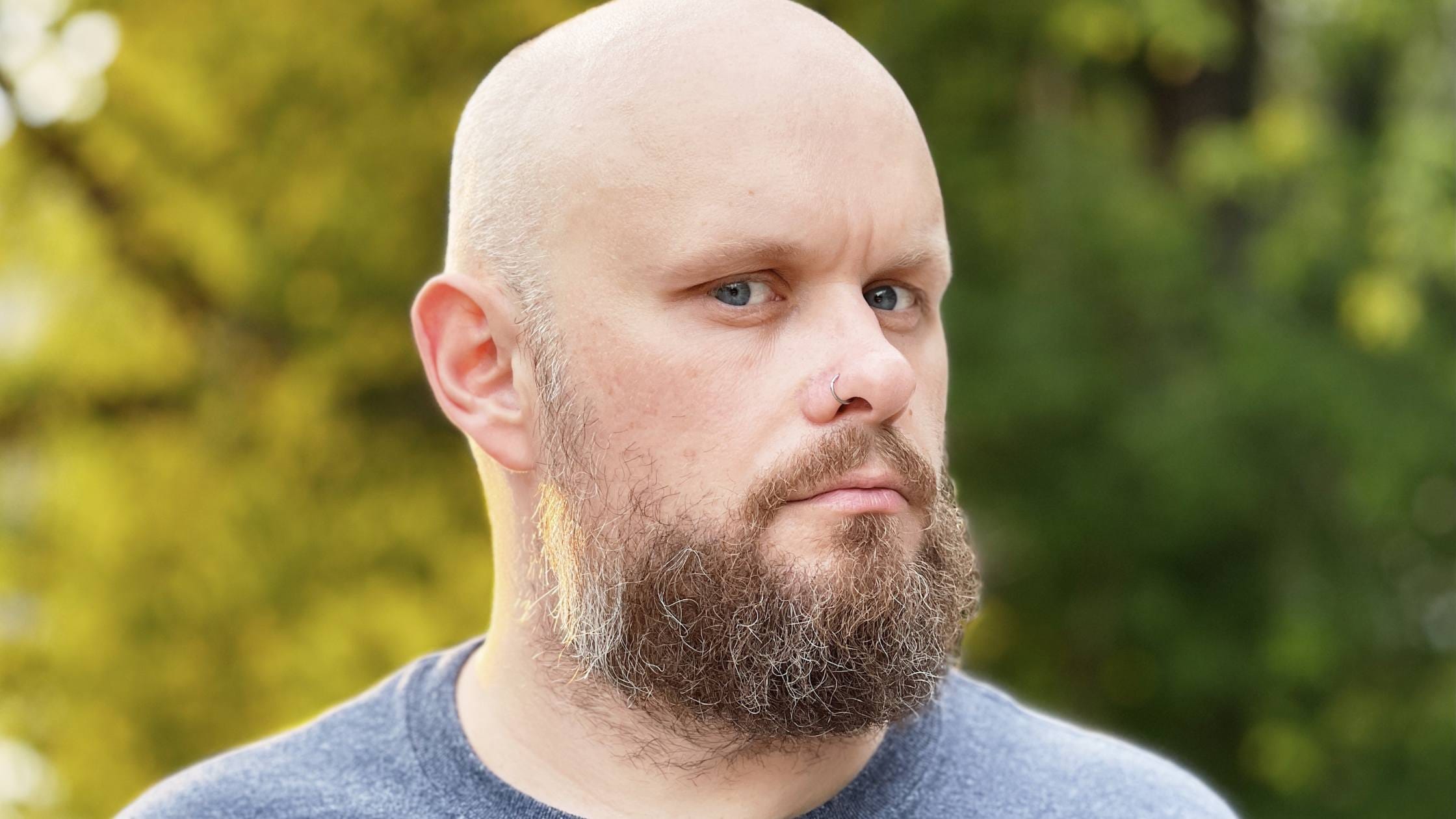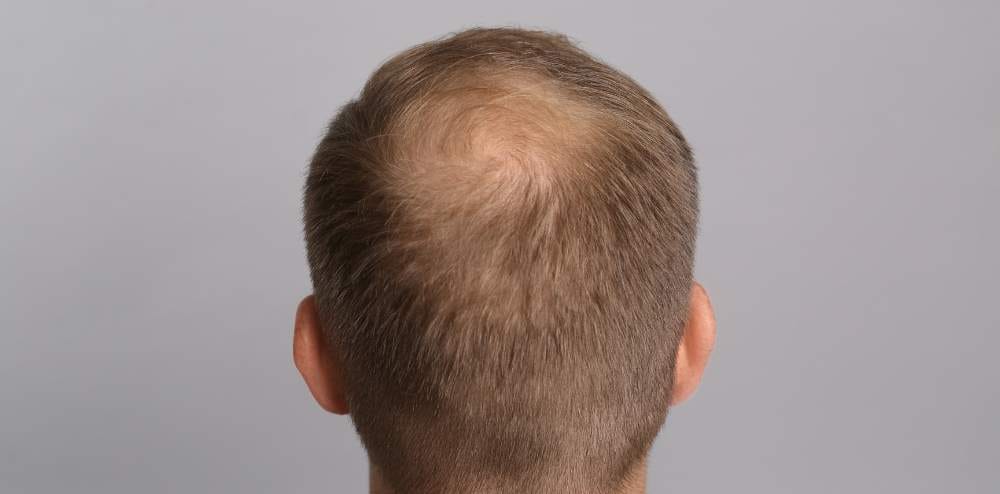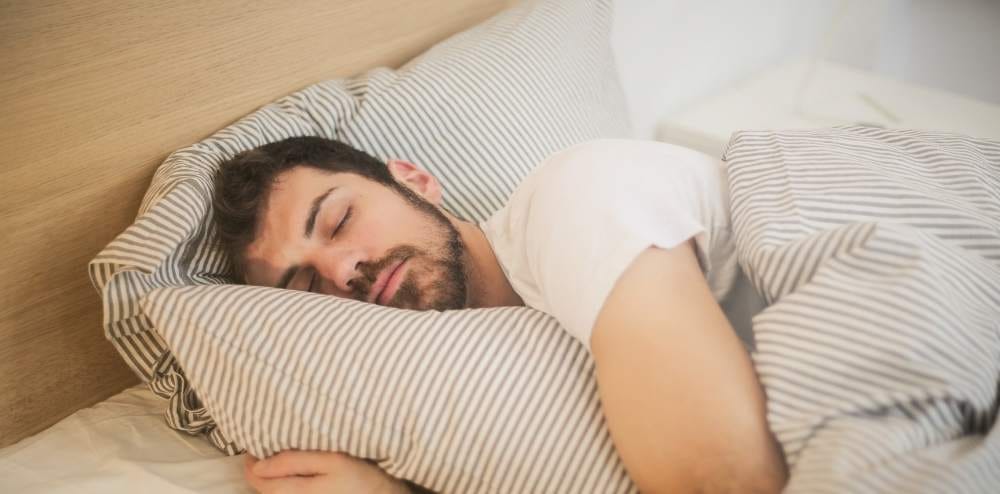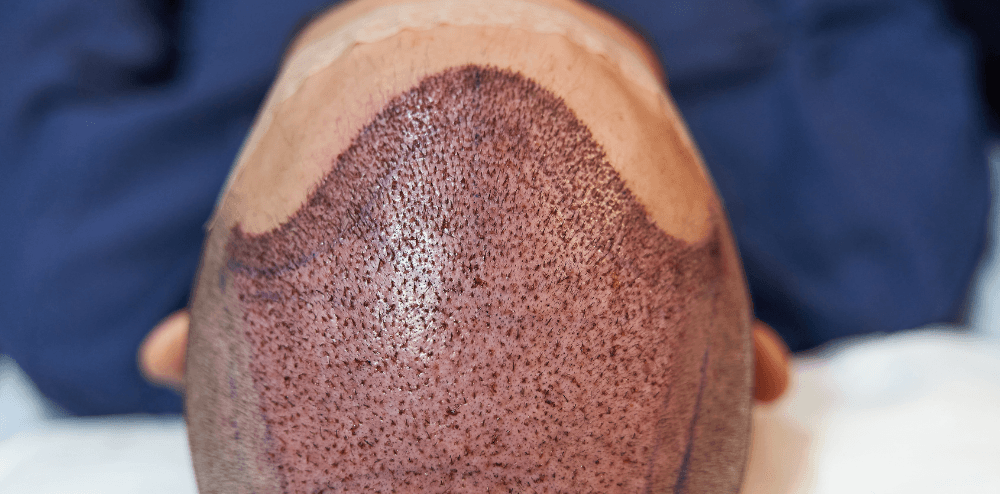What is the alopecia?
Alopecia is called to hair loss in any part of the body. Although alopecia is known as hair loss among people, the loss that occurs in the hairy area of the body is also called alopecia. Alopecia means “ringworm” among the people. Alopecia may be seen in every person in general. But there are solutions for those who are bothered by spills. There are many types of alopecia in medicine. The main types of alopecia are as follows.
1-Alopesia Areata
Alopecia areata is the most common type of alopecia. Hair loss here is seen equally regardless of men or women. It occurs as a result of the person’s immune system detecting the hair follicles as foreign cells and attacking them. The expression “ringworm” in the literature describes this type of alopecia. The reason why the immune system behaves this way is not fully known. However, it is thought to be triggered by genetic factors and stress.
This type of alopecia appears suddenly and creates a patchy appearance on the scalp. It can even spread to areas such as the beard, eyebrows and chest, not only on the scalp. There is no definite treatment for this type of alopecia, but in cases such as hair, eyebrow, beard loss, hair transplantation in that area is the solution.
2-Alopecia Totalis
Alopecia totalis is generalized hair loss on the scalp. This type of alopecia can occur quickly, and the reason for this can be said to be the progression of alopecia areata. Although it is thought that alopecia totalis occurs due to stress, the exact cause is not known.
Complete loss of hair or body hair in Alopecia totalis leads to Alopecia Universalis. Therefore, it can lead to the most feared situation among alopecia. There is no treatment for alopecia, but instead it is recommended to strengthen the immune system. For this, the vitamins they need to take are as follows; Selenium, Vitamins A, B2 and B6, and Plants and vegetables containing Vitamin C. E.g; It will be healthier for them to consume vegetables such as garlic, onions, tomatoes, carrots and broccoli.
3-Alopecia Universalis
Alopecia universalis is the most feared type of alopecia. In Alopecia Universalis, which is an advanced stage of Alopecia Areata, the person’s hair, eyebrows, eyelashes and body hair are completely shed. This type of alopecia has a 0.001% probability of being encountered and can be seen at any age. As the cause of this alopecia, shedding occurs as a result of the individual’s own immune system cells attacking the hair follicles. There is no standard treatment. Instead, it is recommended to strengthen the immune system to take precautionary measures.
4-Alopecia Mucinosa
Alopecia mucinosa; It is called follicular mucinosis. This type of alopecia causes hair loss with scarring on the scalp. The size of the scar is an indication of how far the alopecia has progressed. When the scalp is examined, a substance called mucin is seen in the hair follicles. Mucin; They appear silky, clear or whitish on the skin and are mostly composed of hyaluronic acid.
5-Androgenetic Alopecia
Androgenetic alopecia is also known as male pattern baldness. It is a type of alopecia that affects both men and women. Experts say that this type of alopecia is hereditary. Male pattern baldness begins with ringworm or loss of hair on the top of the head. About 50% of men are affected by this hair loss at some point in their lives. It is thought to be caused by the androgen hormone in men.
Women are at risk of female pattern baldness due to hormonal changes during menopause. Female pattern baldness is different from male pattern baldness. This type of alopecia in women is experienced by the loss of hair from all four sides of the head. However, there is no change in the front hairline. Causes of hair loss in women are thought to be as follows;
-Skin diseases
-Iron deficiency
-Hormonal problems
– Insufficient thyroid
-Vitamin deficiency
6-Traction Alopecia
This type of alopecia is most common in African and American women. The reason for this hair loss is tightly tied ponytails and thin hair braids. If the hair follicles are exposed to pulling and stretching for a long time, the hair starts to fall out by experiencing a trauma. Shedding in Traction Alopecia; Due to the stretching of the hair, it starts from the front hairline and progresses by shedding backwards. Therefore, in order to avoid hair loss, the hair should not be tied tightly and left tense for a long time.
7-Cicatricial Alopecia
Cicatricial alopecia; It may be seen in both men and women in all age groups. In this type of alopecia, injuries to the skin damage the hair follicles and cause shedding. It is divided into two groups as Primary Cicatricial and Secondary Cicatricial;
Primary Cicatricial
Due to injury to the scalp, hair follicles are damaged and shed. The reason for this is not known exactly.
Secondary Cicatricial
These are the cases where hair follicles are destroyed due to trauma, accident and infection.
This type of alopecia, unlike the others, causes red bumps, dandruff and acne on the skin. This type of alopecia is the most difficult type of hair loss. The most effective method for this is hair transplantation.
8-Telogen Effluvium
It is the most common type of alopecia in women. It is alopecia that is generally experienced in women after childbirth and menopause. This is thought to be caused by hormonal changes. In addition, malnutrition, stress, and feverish diseases also trigger this situation.
9- Involutional Alopecia
It is known as alopecia due to old age. It is the condition of thinning, decreasing and shedding of hair over time, depending on age, in both men and women. As the age progresses, the hair follicles, whose growth rate slows down, fall out because they cannot be fed enough. It is a completely natural state.
10- Alopecia Barbae
It is a type of alopecia that occurs due to the thinning of the beard area of Alopecia Areata in men. Although the exact cause is not known in general, it is thought that stress and the immune system affect the rate of shedding.
11-Anagen Effluvium
It is a type of alopecia caused by drugs and treatments used. It may be seen in all age groups. Here, the hair thins and falls out over time due to the drugs and treatments used.







